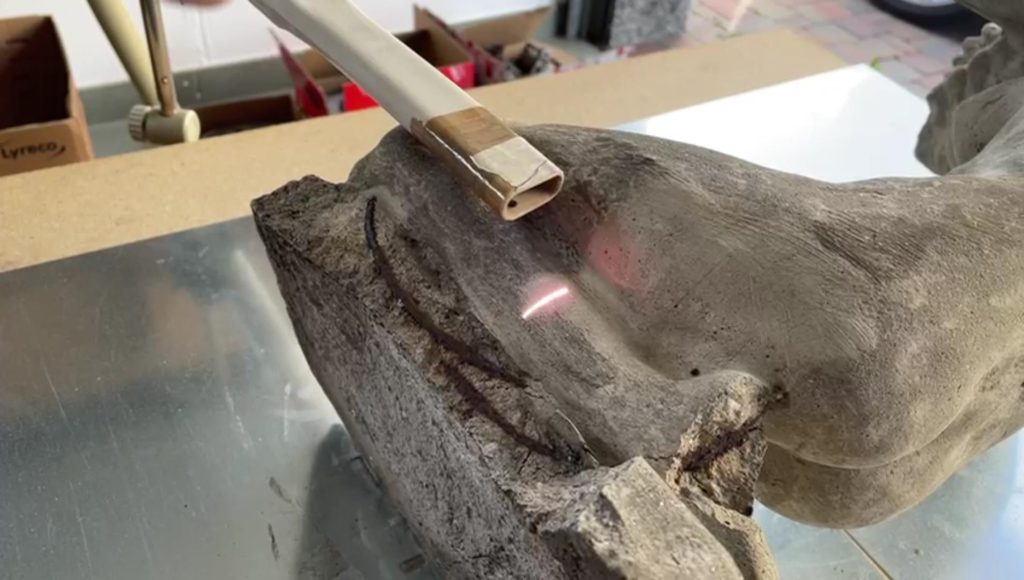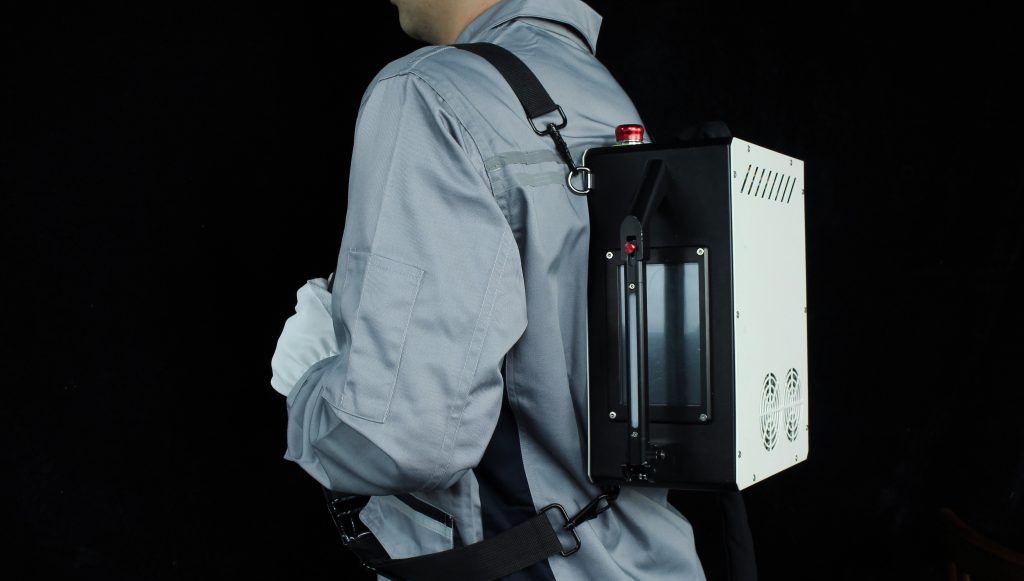Introduction
In the realm of surface cleaning, technological advancements have significantly transformed the landscape, with backpack laser cleaning machines emerging as a game-changer. These portable, high-tech devices harness the power of ultra-short pulse lasers to deliver unprecedented cleaning performance while minimizing environmental impact and operational costs. This article delves into nine key data points that illustrate how backpack laser cleaning machines surpass traditional cleaning methods in terms of energy efficiency.
.jpg)
1. Energy Consumption
– Backpack Laser Cleaning Machine: Utilizes ultra-high-frequency mini fiber lasers, consuming up to 80% less energy compared to conventional abrasive or chemical cleaning methods.
– Traditional Methods: Require significant energy for equipment operation, consumable usage, and post-treatment processes.
2. Power Supply Flexibility
– Backpack Laser Cleaning Machine: Operates on both single-phase 110V and 276V power supplies, ensuring compatibility with various electrical grids worldwide. Additionally, portable power supply options enable cleaning anytime, anywhere.
– Traditional Methods: Often limited to specific power requirements and locations, requiring fixed installations or generators for off-grid applications.
3. No Consumables
– Backpack Laser Cleaning Machine: Does not rely on water, abrasives, or chemicals, eliminating the need for regular replenishment and disposal of hazardous waste.
– Traditional Methods: Frequently use water, sandblasting media, or harsh chemicals, leading to higher operational costs and environmental concerns.
4. Cleaning Efficiency
– Backpack Laser Cleaning Machine: Offers higher cleaning efficiency due to the precision and intensity of laser beams, enabling faster removal of graffiti, rust, paint, and more.
– Traditional Methods: Can be time-consuming and labor-intensive, often requiring multiple passes or treatments to achieve desired results.
5. Portability
– Backpack Laser Cleaning Machine: Weighs just 10KG, with a backpack design for easy transportation and storage. This allows for quick deployment in hard-to-reach areas.
– Traditional Methods: Heavier, bulkier equipment requires specialized transportation and setup, limiting accessibility and flexibility.
6. Operator Fatigue
– Backpack Laser Cleaning Machine: Lightweight and ergonomic design reduces operator fatigue, enabling prolonged and efficient cleaning sessions.
– Traditional Methods: Can be physically demanding, especially for high-altitude or extensive cleaning jobs, impacting productivity and worker safety.
7. Environmental Impact
– Backpack Laser Cleaning Machine: Leaves no residue or pollutants behind, ensuring a clean and eco-friendly work environment.
– Traditional Methods: May generate hazardous waste streams (e.g., used abrasives, chemical runoff) requiring proper disposal.
8. Single-Person Operation
– Backpack Laser Cleaning Machine: Designed for single-person operation, eliminating the need for auxiliary equipment or additional personnel.
– Traditional Methods: Often require teams of workers and specialized tools to achieve similar results.
9. Cost-Effectiveness
– Backpack Laser Cleaning Machine: Over the long term, the absence of consumables, reduced energy consumption, and efficient operation lead to significant cost savings.
– Traditional Methods: Higher upfront and ongoing costs due to consumable usage, equipment maintenance, and labor expenses.
Conclusion
The backpack laser cleaning machine represents a paradigm shift in the surface cleaning industry, offering unparalleled energy efficiency, flexibility, and environmental friendliness. By comparing key data points, it becomes evident that this innovative technology surpasses traditional methods in every aspect, making it the preferred choice for a sustainable and cost-effective cleaning solution.





